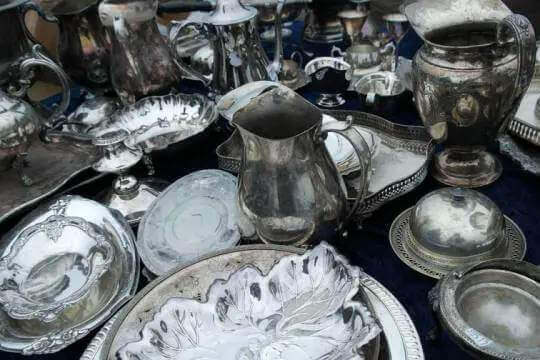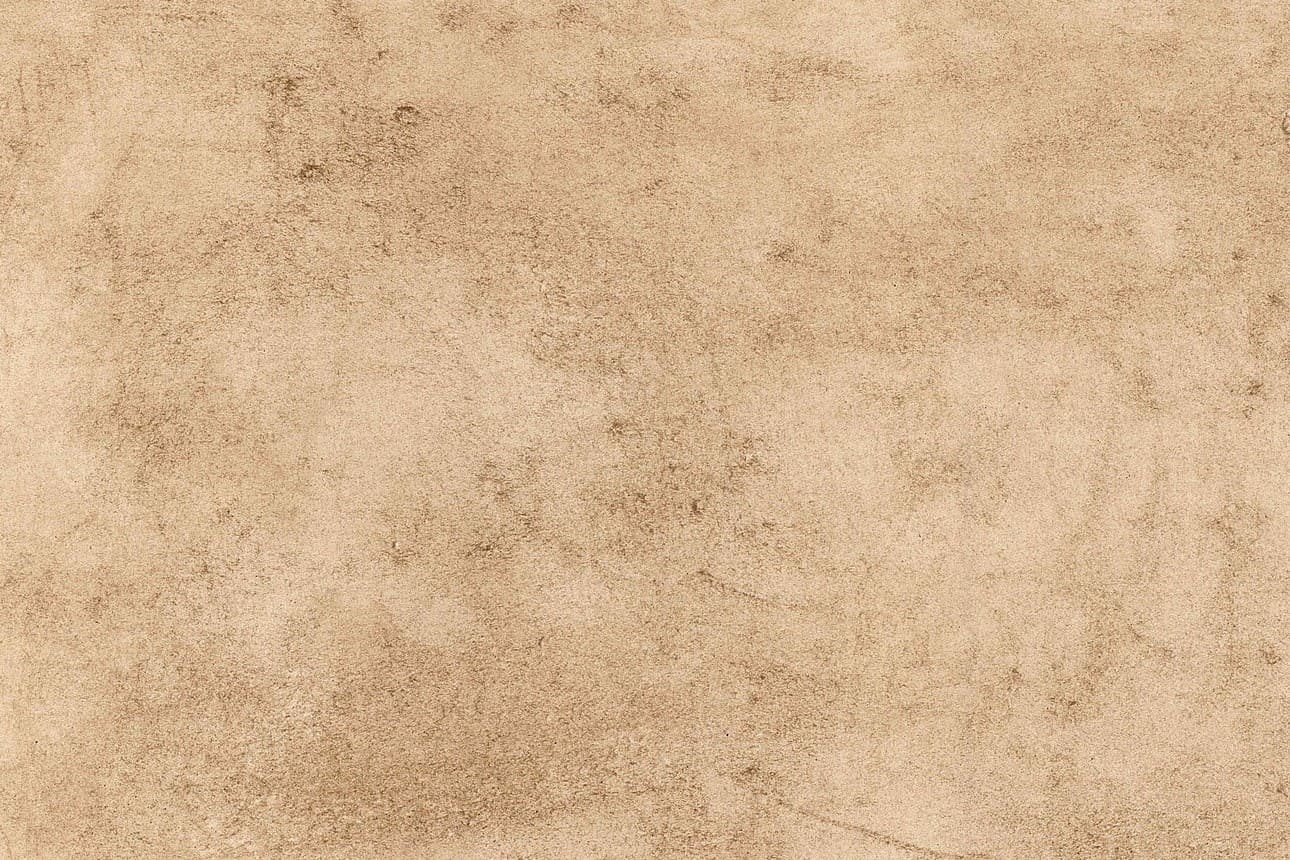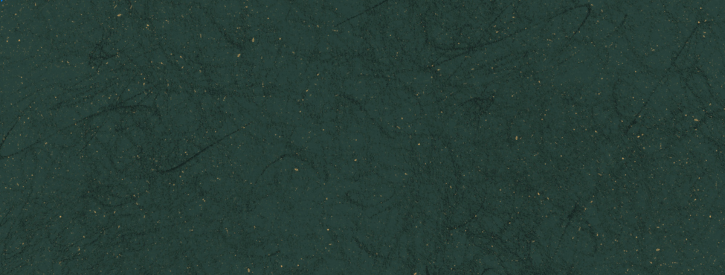British antique silver plating
Posted by WATANABETAIGA

History of plating
Simply put, plating is a technology that covers the surface of a target material with a thin film.
Nowadays, electroplating is the mainstream, so it feels like something new and unrelated to antiques, but it has a long history and there are many "plated" products even among antiques.
Here, we will explain various types of "plating" for British antique silver.
old sheffield plate
This silver plating method was invented around 1742 by Thomas Bowlsover, a cutlery craftsman from Sheffield, England.
This is the oldest manufacturing method for British silver plating that has been successful as a commercial product.
Silver plating is applied by sandwiching the bare copper plate between thin silver plates on both sides and heating it. Once the silver has melted, it is rolled with multiple rotating rollers to press the copper plate and silver together.
Items that have a copper color in the polished areas have a unique beauty.
Early Old Sheffield plates in particular are popular with some antique collectors and have a high value on the antique market.

Silver-plated (Filled/Rolled)
This is a manufacturing method that uses heat and pressure to bond a silver coating to a base metal such as brass.
The purity of the silver coating is 92.5% (sterling silver).
If the weight of the silver coating is 1/20 or more of the product weight, it is called SILVER FILLED.
If the weight of the silver coating is less than 1/20 of the product weight, it is called ROLLED SILVER.
It is called.
In both cases, the silver coating is much thicker than electroplating, so it does not peel off easily, and there is almost no chance of bare metal coming out even when polished.
It looks more like solid silver than electroplated, and is often used for accessories.
Electroplating (plate)
Many products are manufactured using a process called EPNS (electro plated nickel silver), which uses electricity to coat a nickel alloy called nickel silver with silver.
There is also a type called EPBM that is based on an alloy called Britannia Metal (pewter).
Its history is surprisingly old; in the UK, Elkington Company of Birmingham obtained various patents and began manufacturing it around 1840.
Compared to Old Sheffield plate and silver plating, it quickly spread in the late 19th century because it required less silver and could be manufactured in large quantities at a low cost with uniform quality in factories.
The thickness of the silver layer varies depending on the rank, but the thickness of the silver layer is about 40-60 microns (1 micron = 0.001 millimeter) even for thick ones called Atsumaki plating.
silver gilt
Silver plated with gold is called SILVER GILT.
In French, it is called "vermeil".
Not only does adding gold decorations to silver make it look more dazzling, but it also coats the parts that come into contact with other objects with gold, which does not easily tarnish, to make it more resistant to stains.
Many have guilds on the inside of the cup or silver case.

The older ones use the amalgam method, which involves applying a liquid mixture of mercury and gold to the surface and heating it to evaporate the mercury (fire gilding).
summary
Although it is generally referred to as "silver plating," each piece has its own characteristics depending on the era and manufacturing method.
Silver-plated antique silver is generally considered to be of lower value because it contains less silver than products that are made entirely of silver (solid silver, sterling silver).
However, since the base metal is hard, it does not easily dent, and you do not have to worry about handling it, and it is durable even when it is heavy or has a lot of movement.
In addition, even if polished, it does not wear easily, so even older items often have clear engravings.











